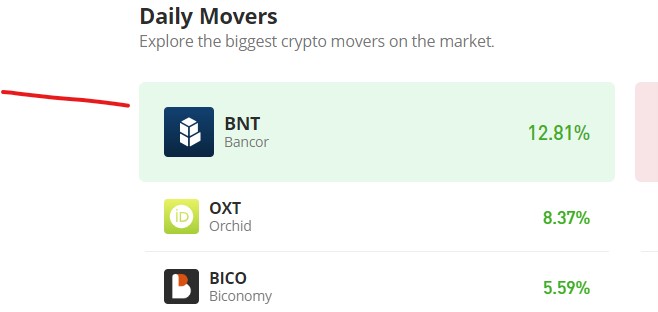Bitcoin Mining and the Potential for a Green Energy Revolution
Don’t invest unless you’re prepared to lose all the money you invest. This is a high-risk investment and you are unlikely to be protected if something goes wrong. Take 2 minutes to learn more

Bitcoin, the world’s most well-known cryptocurrency, has long been under scrutiny for its energy-intensive proof-of-work (PoW) method. Critics have decried its substantial electricity consumption and carbon footprint, but a recent study by researchers Juan Ignacio Ibañez and Alexander Freier sheds light on a more positive perspective. Their research suggests that Bitcoin mining could become a driving force behind the adoption of renewable energy sources, simultaneously enhancing profitability and capacity expansion.
In this exploration of Bitcoin’s potential role in decarbonization, we delve into the study’s key findings, which unveil the symbiotic relationship between Bitcoin mining and renewable energy.
The Bitcoin Mining Landscape
To understand the significance of this study, it’s essential to grasp the landscape of Bitcoin mining. Bitcoin relies on a decentralized network of miners to validate transactions and create new blocks, a process that requires significant computational power. The miners compete to solve complex mathematical puzzles, and the first to do so is rewarded with new Bitcoins.
This method, known as proof-of-work, has received criticism for its energy consumption. As Bitcoin’s popularity and value have soared, so has the electricity needed to sustain the network. The carbon footprint of Bitcoin mining has led many to question its sustainability and environmental impact.
The Green Energy Connection
Ibañez and Freier’s study breaks down the potential for Bitcoin mining to spark a green energy revolution. It posits that Bitcoin miners’ pursuit of cost-effective energy solutions might lead to the widespread adoption of renewable energy sources such as solar and wind. These alternative energy sources are becoming increasingly attractive due to their potential to mitigate the environmental concerns surrounding Bitcoin mining.
One notable aspect of this shift is the concept of Bitcoin mining acting as a sort of “energy sponge.” By utilizing surplus renewable energy during off-peak hours, miners can contribute to a more stable energy grid. The intermittent nature of mining, with its start-and-stop operations, aligns well with the fluctuations in renewable energy generation. This synergy can help ensure a more reliable and sustainable energy ecosystem.
Reducing Environmental Impact
The study emphasizes the importance of Bitcoin miners tapping into renewable energy sources during periods of surplus rather than peak demand. By doing so, they can help mitigate pollution and reduce the strain on the grid. This shift towards a more sustainable energy model not only benefits the environment but also promotes cost-effectiveness in mining operations.
While Bitcoin mining is often criticized for its energy consumption, this study underscores its potential to drive positive change in the energy landscape. By embracing renewable energy sources, miners can address concerns about carbon emissions and inefficiency. However, this potential transformation is not without its challenges.
Overcoming Potential Obstacles
The authors acknowledge that there are potential obstacles on the path to Bitcoin mining’s integration with renewable energy. Public backlash and government regulations could pose significant challenges. However, Ibañez and Freier encourage a more nuanced examination of Bitcoin’s unique attributes.
Rather than dismissing its utility outright, the authors argue that Bitcoin’s characteristics, such as incorruptibility, flexibility, and portability, stem from its inherent technical strengths. The challenges Bitcoin mining faces are predominantly economic and contingent on technical circumstances, not insurmountable barriers.
Future Research Directions
In conclusion, Ibañez and Freier believe that the relationship between Bitcoin mining and renewable energy represents a critical area for future research. They suggest that the unique attributes of Bitcoin mining and its potential impact on energy grids and climate change warrant in-depth exploration.
The study notes, “Given the unique attributes and possible impacts of Bitcoin mining on energy grids and climate change, it is our conviction that this issue represents one of the most important future research directions in the realm of Bitcoin studies.”
As the world continues to grapple with the challenges of transitioning to a greener and more sustainable future, Bitcoin mining could emerge as an unexpected catalyst for positive change in the energy sector. While challenges remain, the potential for Bitcoin to drive a green energy revolution is a prospect worth exploring and researching further.




